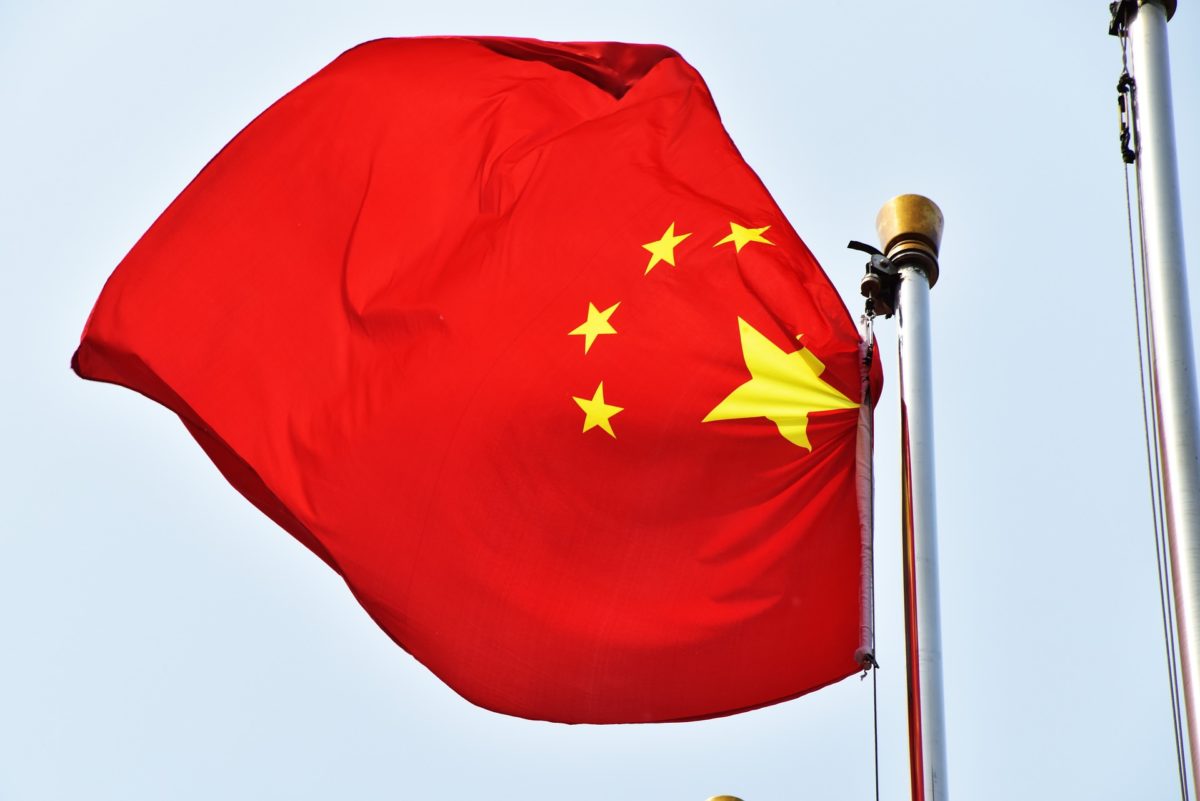From pv magazine Global.
Some 344 prefecture-level Chinese cities can already host commercial and residential PV projects which deliver power cheaper than the cost of grid electricity.
That headline finding was revealed in the study City-level analysis of subsidy-free solar photovoltaic electricity price, profits and grid parity in China, published in Nature Energy.
The authors stated ‘user-side’ grid parity for commercial solar is already achievable in 344 cities and that in 76 of them, ‘plant-side’ grid parity is also possible. According to the researchers, cities in Tibet, Gansu, Inner Mongolia and Heilongjiang have the best user-side grid parity conditions and Tibet – plus Qinghai, the northern and northeastern provinces and parts of the southern provinces – offer the best conditions for bankable projects without subsidies in urban environments by offering the highest plant-side grid parity levels.
The user-side electricity price includes other factors on top of the cost of generation, such as transmission and distribution costs and losses, corporate profits, government funding and surcharges, and cross-subsidies. Plant-side parity takes into account only the cost of solar power generation.
“In total, 92.73% of the cities could achieve positive net profits for electricity, based on 50% self-consumption and a 50% feed-into-grid surplus, with an average of RMB0.13/kWh-levelized (Rs 1.32) net profit,” the paper stated. The researchers said commercial projects in cities in Tibet, Gansu and northeastern provinces could be bankable but similar facilities in Sichuan, Guizhou and Xinjiang may not be.
Soft costs
High soft costs and cheap grid electricity, however, are keeping grid parity out of reach for commercial solar rooftops in some Chinese cities, according to the study.
The researchers said hardware made up 49.82% of project costs, with the balance accounted for by the expense of rooftop rent and financing and by system design, installation, operation and maintenance.
“While hardware costs – in particular PV module costs – have declined substantially, high soft costs combined with low electricity rates in some cities have made grid parity harder to achieve,” the researchers wrote.
To help installers and developers address the cost issue the Chinese government should have a more geographically targeted approach on how incentives are awarded, the report recommended, with priority given to cities where grid-parity remains elusive. “In cities that have not achieved plant-side grid parity, local governments can continue to provide appropriate financial incentives,” stated the study. “Moreover, as mentioned above, policymakers should formulate relevant policies to further reduce the soft costs of PV projects as much as possible.”
Steep learning curve
The report also revealed the cost of solar power generation fell from RMB5.6-15.1 per kilowatt-hour in 2000 to RMB0.29-0.79 last year for an average annual decrease of RMB0.28-0.75/kWh. That impressive result was achieved through 109 Chinese government policies specifically supporting the PV industry over two decades.
Now grid parity is in prospect in many areas, Chinese authorities should focus on other barriers to high-volume deployment, according to the study.
The authors of the report cited resistance from utilities in granting grid connections or making it easier to install commercial and industrial solar arrays. According to the researchers, that adds to the soft costs associated with grid connection due to additional paperwork and ‘lobbying’ costs for distributed solar system owners.
“We recommend that the government design a well-established operation-costs compensation mechanism for grid companies,” stated the report. “The compensation costs can come from the current solar PV industry FIT and renewable energy subsidies.”
This content is protected by copyright and may not be reused. If you want to cooperate with us and would like to reuse some of our content, please contact: editors@pv-magazine.com.









1 comment
By submitting this form you agree to pv magazine using your data for the purposes of publishing your comment.
Your personal data will only be disclosed or otherwise transmitted to third parties for the purposes of spam filtering or if this is necessary for technical maintenance of the website. Any other transfer to third parties will not take place unless this is justified on the basis of applicable data protection regulations or if pv magazine is legally obliged to do so.
You may revoke this consent at any time with effect for the future, in which case your personal data will be deleted immediately. Otherwise, your data will be deleted if pv magazine has processed your request or the purpose of data storage is fulfilled.
Further information on data privacy can be found in our Data Protection Policy.